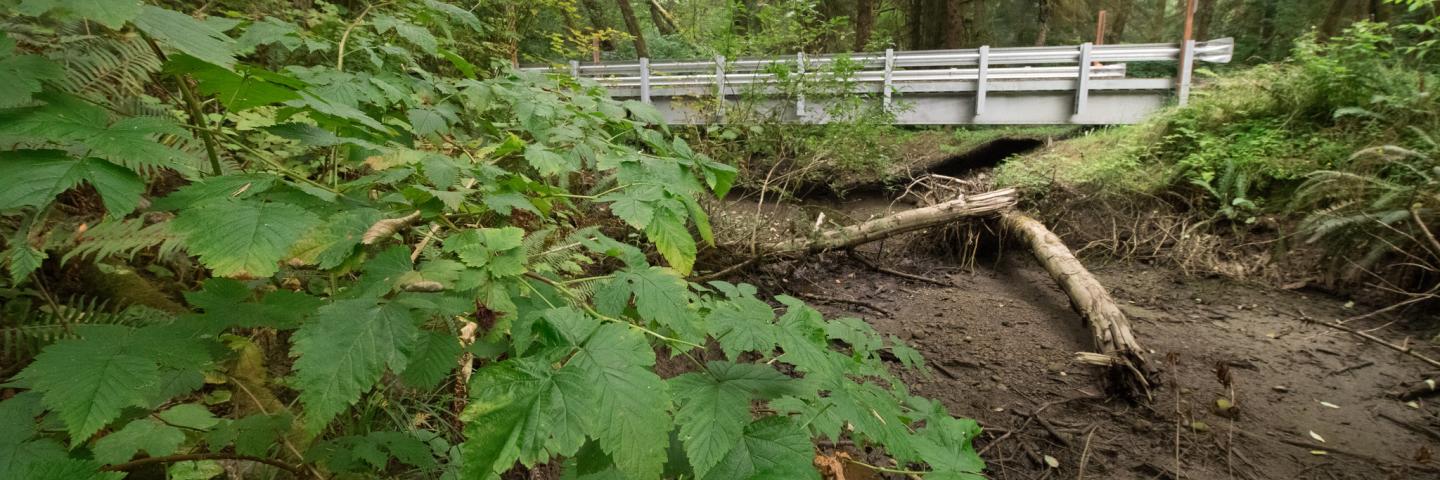Restoring Jellison Meadow Brook in Maine

Like many of the bridges you will find crossing small rivers and streams across America, the old bridge across Jellison Meadow Brook was built with only the movement of people in mind.
The culverts beneath the bridge were meant to carry water and wildlife beneath the crossing. But they were undersized and raised, preventing fish and other aquatic species from being able to travel upstream.
Manmade barriers to the movement of flora and fauna can have negative impacts across an entire ecosystem. Jellison Brook is one piece of an intricate network of waterways in central Hancock County, ME. This particular crossing was a pinch point for the 7000-acre watershed just upstream. Frenchman Bay Conservancy knew the crossing needed to be replaced and found the resources they needed through the RCPP Program.
The Maine Aquatic Connective Restoration Project is a partnership between the Maine Nature Conservancy and NRCS who provided $7M and $6M in financial support respectively. The project aims to restore some of the areas highest-value aquatic networks from habitat fragmentation and degradation caused by road-stream crossings. The Jellison Brook crossing was a perfect fit for this project.
See the video below to learn more about how the Frenchman Bay Conservancy, The Maine Nature Conservancy, and NRCS worked together to restore this part of Jellison Meadow Brook.

